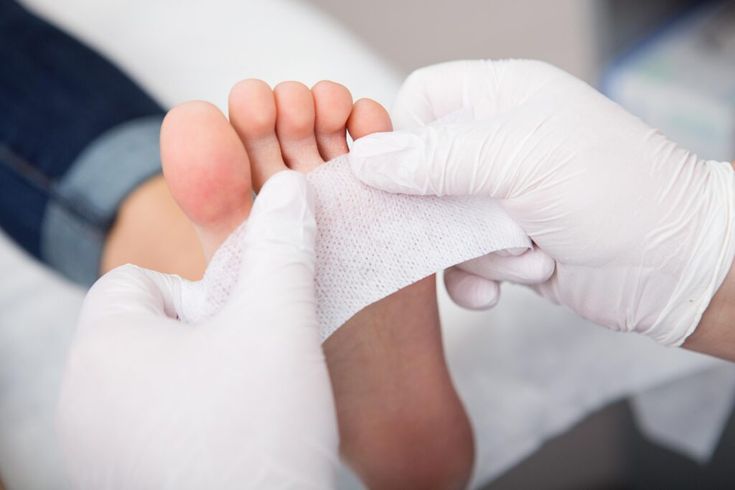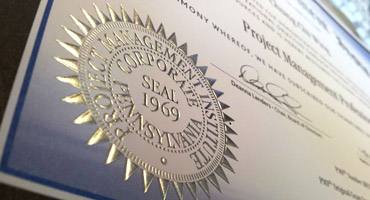As a chronic metabolic disease, diabetes and its complications have a particularly significant impact on foot health. When choosing the best shoes, it is important to have a pair of shoes that fit well and allow pressure to be evenly distributed throughout the foot. Let's follow me to see how to choose shoes.
 1. The importance of fitting shoes :
1. The importance of fitting shoes :
Well-fitting shoes are crucial for diabetic patients. Foot neuropathy and vascular disease are common complications of diabetes. Ill-fitting shoes may cause wear and squeeze of the feet, increasing the risk of infection and ulcers. Specifically, shoes that are too tight will restrict blood circulation and aggravate foot ischemia; shoes that are too loose may cause blisters, corns, and other skin injuries due to friction. Therefore, diabetic patients should follow the three principles when choosing shoes:
Suitable length: There should be a 0.95-1.27 cm gap between the toe and the toes to avoid squeezing the toes.
Appropriate width: The upper should fit the contour of the foot, especially leaving enough space at the metatarsophalangeal joint.
Sufficient depth: The shoe waist should be deep enough to accommodate a foot brace or orthotic insole without putting pressure on the instep.
2. Special shoes meet special needs :
Extra-wide shoes: The toe space is 2-3 mm wider than that of ordinary shoes, which can effectively reduce lateral compression on the foot. They are especially suitable for foot deformities such as hallux valgus and hammer toes.
Extra deep shoes: The depth of the shoe cavity is increased by 1/4-3/8, which can accommodate orthopedic insoles or ankle braces, while keeping the upper soft and elastic to avoid friction on the instep. This type of shoe is mostly made of cowhide or deerskin, and the lining is plastic when heated, which can better fit the contour of the foot.
3. Prescription Shoes:
For patients with severe foot deformities or existing ulcers, prescription shoes are a medically recommended solution. These shoes are customized based on the patient's 3D scan data of the foot.
Customized insole: Made of high-elastic rubber micro-foam outsole, designed according to the pressure distribution of the sole of the foot, it can disperse the pressure peak and reduce the risk of ulcers.
Reinforced support: The heel height does not exceed 2 cm, and control straps are added to the forefoot and midfoot to stabilize the foot structure and reduce shear force when walking.
Antibacterial treatment: The boot fiber is treated with antibacterial treatment, and the upper adopts a seamless design to avoid friction with the skin.
4. Things to note when wearing shoes in daily life :
Daily inspection: Before putting on shoes, turn them upside down and tap them gently to make sure there are no foreign objects inside; after taking off shoes, check your feet, paying special attention to the spaces between the toes, the soles of the feet, and other easily overlooked areas.
Scenario adaptation: It is recommended to wear wrapped slippers instead of going barefoot at home, and use non-slip rubber-soled bath shoes in the bathroom; choose professional diabetic sports shoes when exercising, and avoid wearing leather shoes or sandals for long periods of time when walking.
Socks matching: Avoid wearing tight socks or thick terry socks. Five-toe socks or shallow boat socks are recommended. Change and clean socks daily and avoid using softener when washing.
Handling special scenarios: It is recommended to bring spare shoes for long-distance travel to avoid wearing the same pair of shoes for a long time; changes in air pressure during flight may cause swelling of the feet, so you can prepare elastic bandages in advance to assist in pressure application.
Foot health is an important part of diabetes management, and scientific shoe-wearing is the most easily overlooked detail. Starting from choosing the right pair of shoes and cooperating with regular foot screening, the risk of foot complications can be truly minimized.
For more information on Innomed®Silver Ion Dressing Foam Self-adhesive, refer to the Previous Articles. If you have customized needs, you are welcome to contact us; You Wholeheartedly. At longterm medical, we transform this data by Innovating and Developing Products that Make Life easier for those who need loving care.
Editor: kiki Jia

 English
English عربى
عربى Español
Español русский
русский 中文简体
中文简体








